In June 2016, DC Comics kicked off the start of its Rebirth initiative. After a wave of criticism surrounding the way they have treated their characters’ rich histories since 2011’s New 52 relaunch, DC has decided to rebrand. They hope that by restoring their characters’ pasts, they will restore readers’ faith in them as well. Do they succeed? That’s what the Comics Beat managing editor Alex Lu and entertainment editor Kyle Pinion are here to discuss. Book by book. Panel by panel.
This week: The Dark Days are upon us! Let’s talk about The Forge and all of its mysterious contents. And then, we’ve got a couple of DC/Looney Tunes crossovers as well!
Note: the reviews below contain **spoilers**. If you want a quick, spoiler-free buy/pass recommendation on the comics in question, check out the bottom of the article for our final verdict.
 Dark Days: The Forge #1
Dark Days: The Forge #1
Writers: Scott Snyder, James Tynion IV
Artists: Jim Lee, Andy Kubert, John Romita Jr.
Inkers: Scott Williams, Klaus Janson, Danny Miki
Colorist: Alex Sinclair with Jeremiah Skipper
Letterer: Steve Wands
Prior to the release of this prelude chapter to the upcoming Scott Snyder/Greg Capullo reunion event entitled Metal, I was having a difficult time wrapping my head around what exactly it was about. I get that the creative team was trying to keep it fairly vague in respective interviews, surely to avoid spoiling too much, but it also tempered my excitement a tad. And then when the Dark Matter spinoff line was announced, I was really struggling to maintain interest, especially if that lineup was the real end-goal of this event; which again, not having much to go on, it leads one to that logical leap.
But then I heard Snyder talk about how the event itself would tie in the Multiversity, which is still my favorite thing DC has done in the past 5-6 years, and add new wrinkles to the map that Grant Morrison and Rian Hughes crafted, which acts as a sort of backbone for the DC Universe’s cosmology. All that talk of actual dark matter creating an ocean of possibility – the visual there clicked with me and my curiosity was piqued where it hadn’t been before.
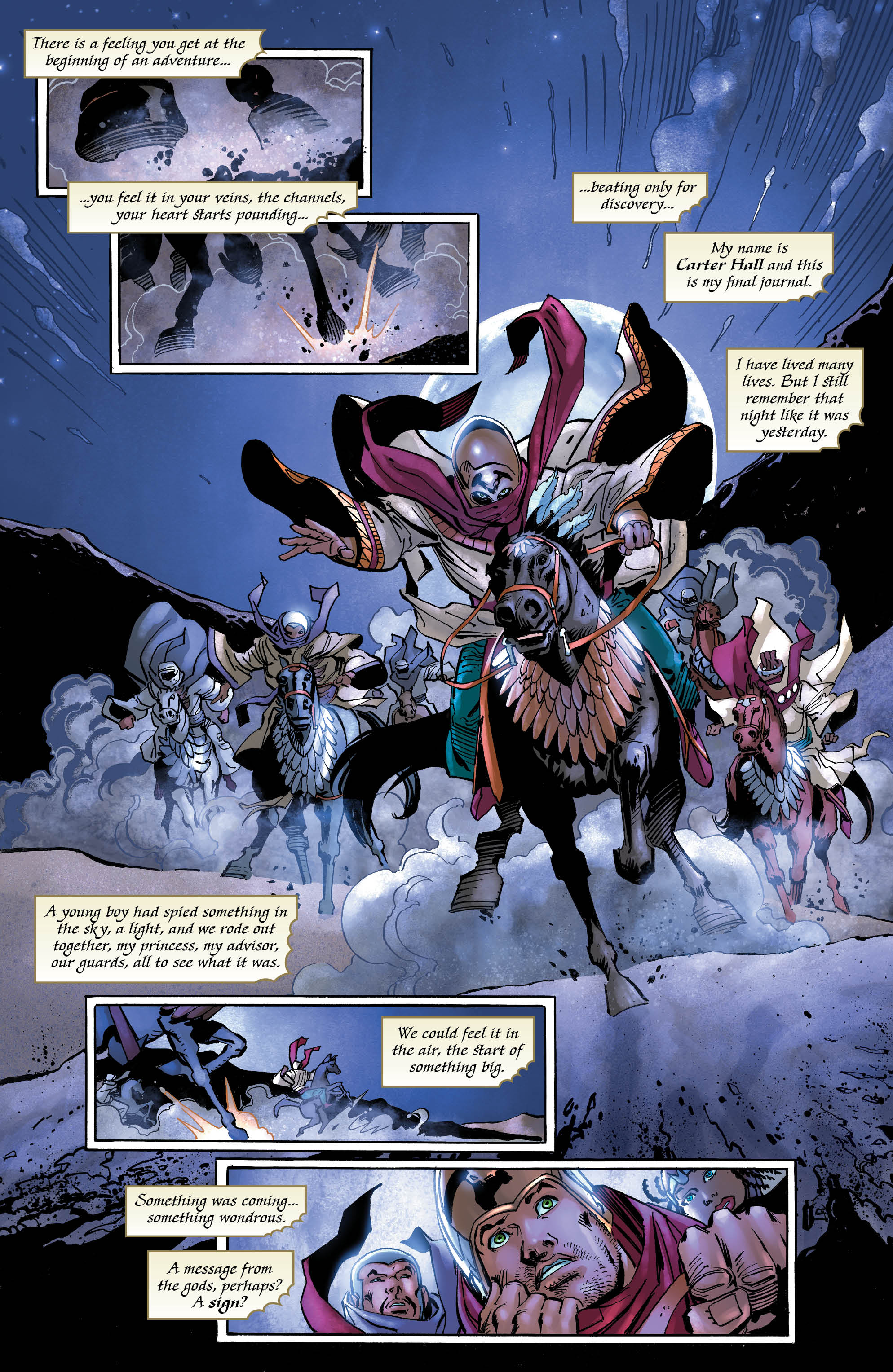
The first thing that comes to mind when flipping through this comic is what a deep continuity dive it is. Honestly, if you’re not familiar with the intricacies of Snyder and Capullo’s Batman run, you might be scratching your head just a bit. That’s not necessarily a pejorative. I think the great strength of superhero comics is its depth of history and how it uses it as a grander template from which to work. You just might want to know what you’re getting into up-front.
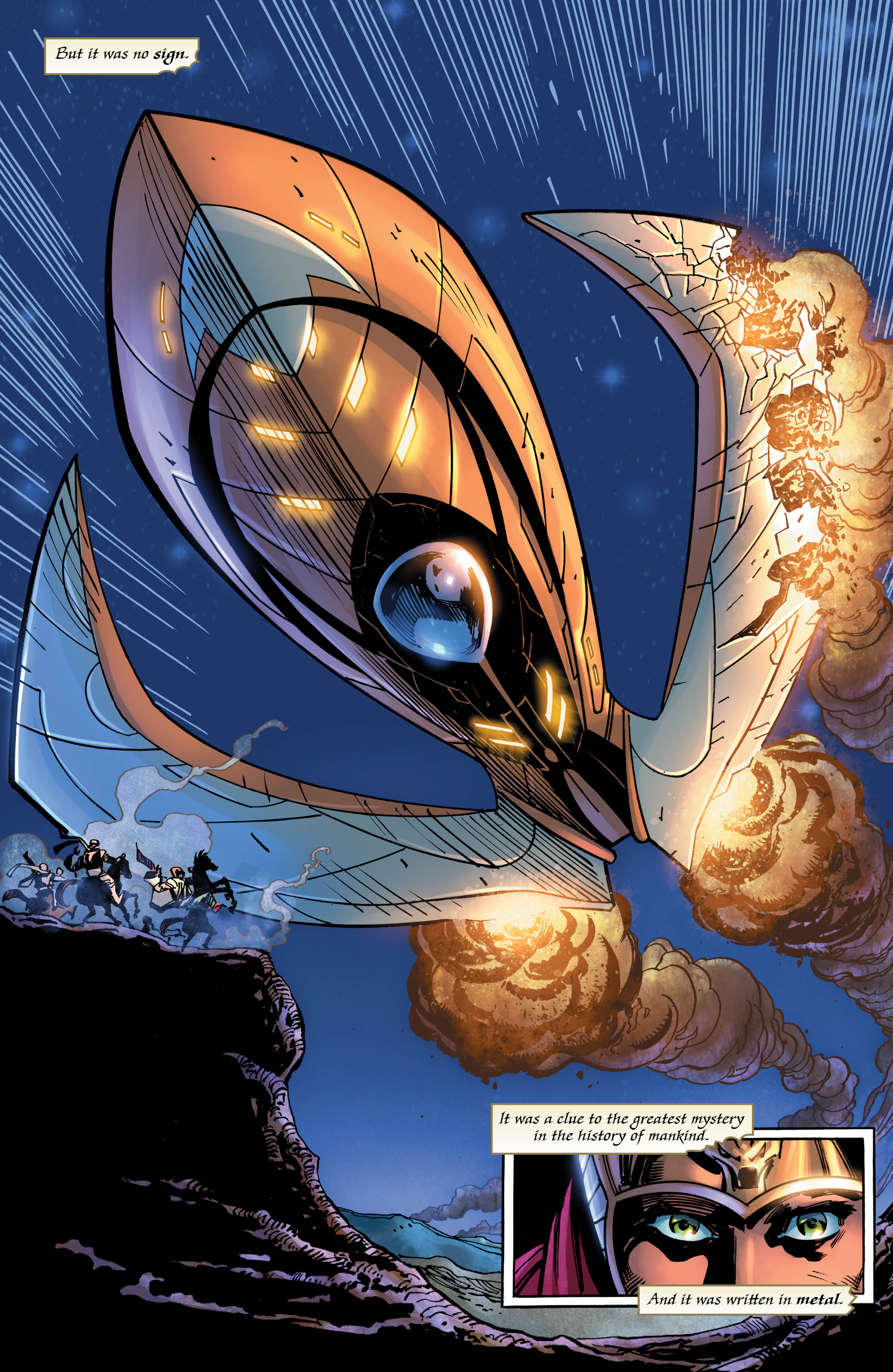
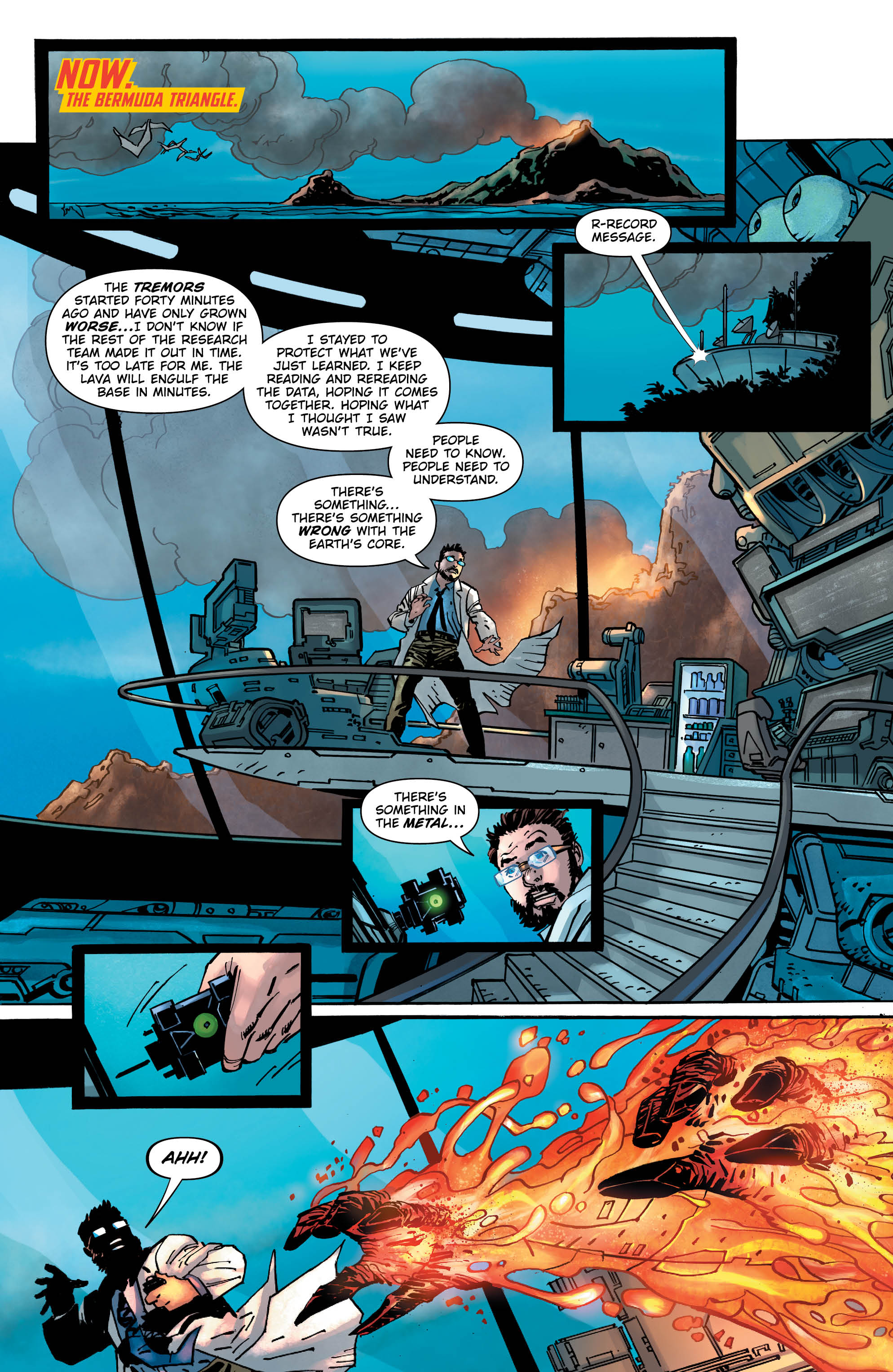
Snyder and Tynion tie major threads of the former’s Batman run, which then spin off into this much broader superhero story than I was expecting. While the title “Dark Days” is seemingly reflective of some grim and gritty piece, in reality what we have is a bombastically big superhero romp that dovetails the secret beginnings of civilization, the restoration of Hawman to his Pre-New 52 status quo, a mysterious energy signature that ties together Earths 1 and 2 (and perhaps more), the return of Plastic Man, the return of the original Outsiders, the Blackhawks popping back up from recent All-Star Batman issues, Mister Miracle, Mister Terrific, the Joker, and lastly the big yellow tuning fork/tower from Crisis on Infinite Earths, and later Infinite Crisis when it was made up of the body of the Anti-Monitor. There’s no sign of that Crisis baddie here, but the tower is around, so it leads one to wonder how Batman got it in the first place. So many questions! But the fact that I’m interested in asking them speaks to the cool universe-spanning mystery the creative team has slapped together. It’ll either be glorious or gloriously dumb, but either is totally a-okay with me. I love big ridiculous DC events, and reading this evoked the same feelings I had the first time I read Zero Hour at the tender age of 11. Escapism is an underrated trait in cape comics, and this comic has it in spades.
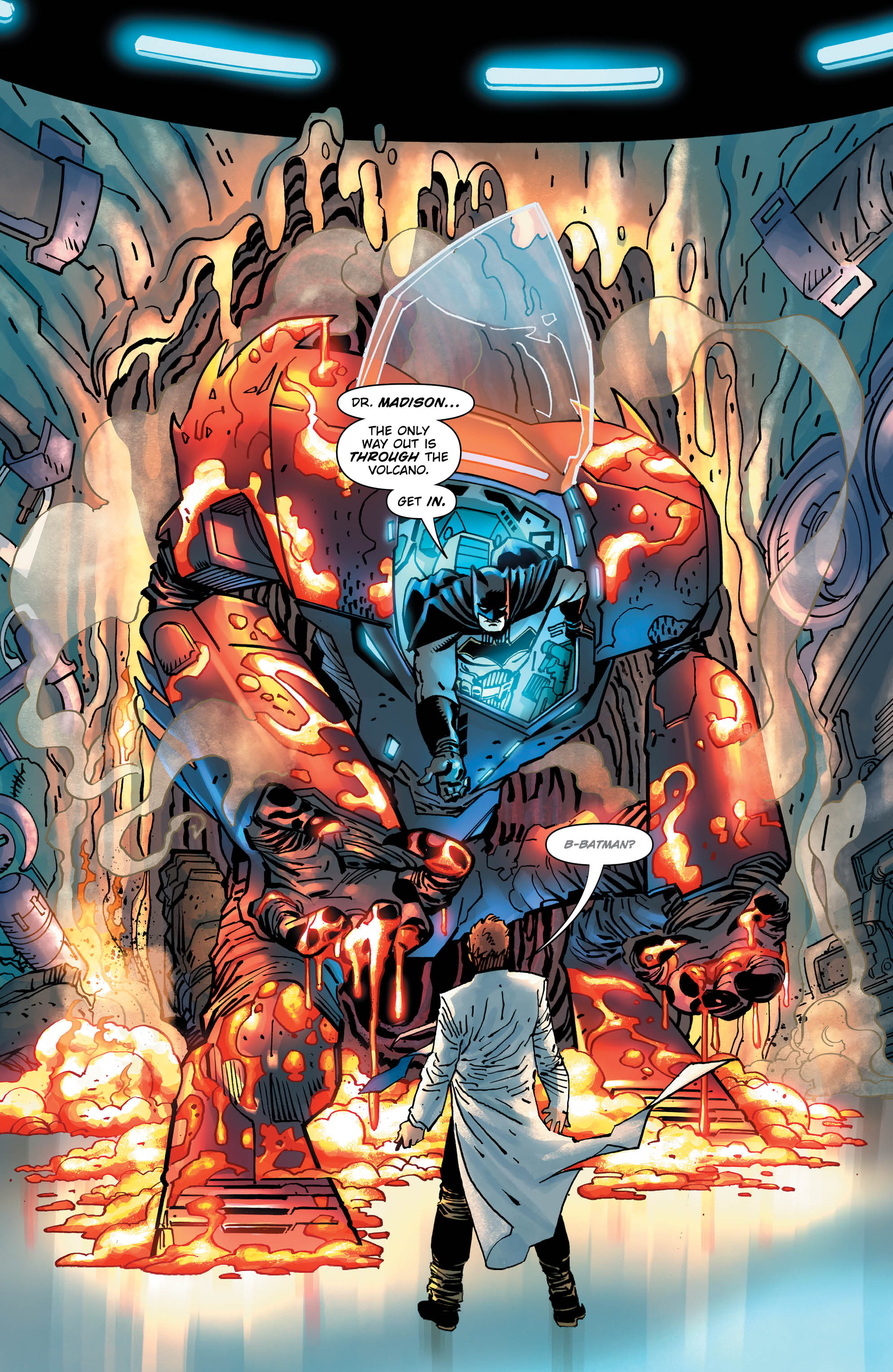
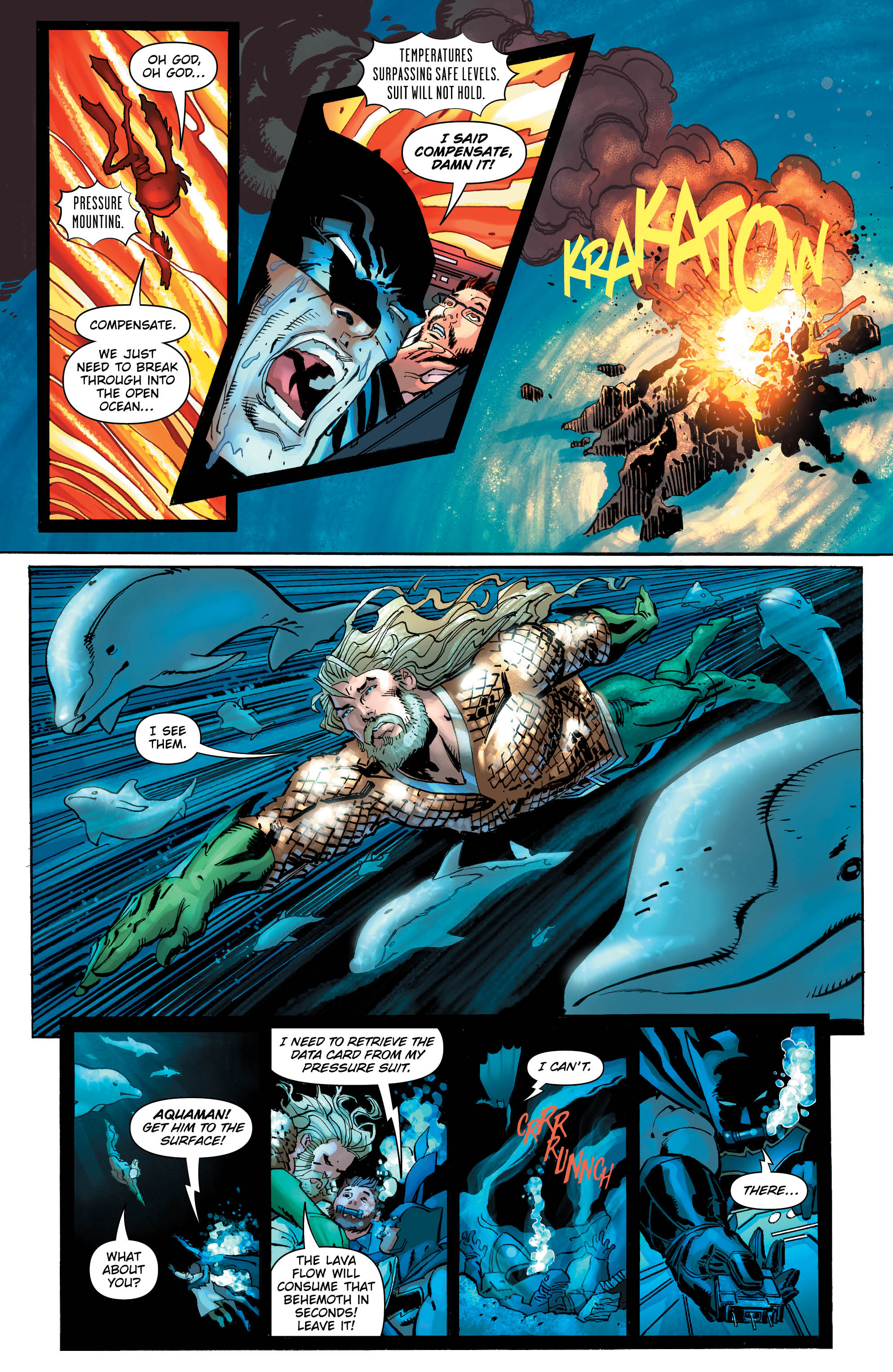
I went in not knowing a thing, and I’m coming out now far more excited than I imagined. Can’t do much better than that!
Verdict: Buy
 Legion of Super-Heroes/Bugs Bunny #1
Legion of Super-Heroes/Bugs Bunny #1
Writer: Sam Humphries
Artist: Tom Grummett
Inker: Scott Hanna
Colorist: Steve Buccellato
Letterer: Josh Reed
Backup by: Juan Manuel Ortiz
 Martian Manhunter/Marvin the Martian #1
Martian Manhunter/Marvin the Martian #1
Writers: Steve Orlando, Frank J. Barbiere
Artist: Aaron Lopresti
Inker: Jerome Moore
Colorist: Hi-Fi
Letterer: Carlos M. Mangual
Backup by: Jim Fanning and John Loter
I decided to go the lazy way out and cover both of the DC Superhero/Looney Tunes crossovers in one chunk since I thought they both diverged in how they approached their respective WB brethren. Truth be told, I approached these with some trepidation because the recent Hanna-Barbera crossovers were rather lousy and undercooked, Booster Gold’s crossover with The Flintstones aside, and even it didn’t really match up to the quality of the regular series. Also, on a personal note, these two titles are a little controversial in my house as the DC sides of the equation are my (LSH) and my partner’s favorite (Martian Manhunter) DC properties, and to have their post-Rebirth returns be relegated to this type of crossover left us pursing our a lips a bit. Her more than me though. At the very least, I’d finally get a new Legion story, and I won’t look a gift horse in the mouth where that’s concerned.
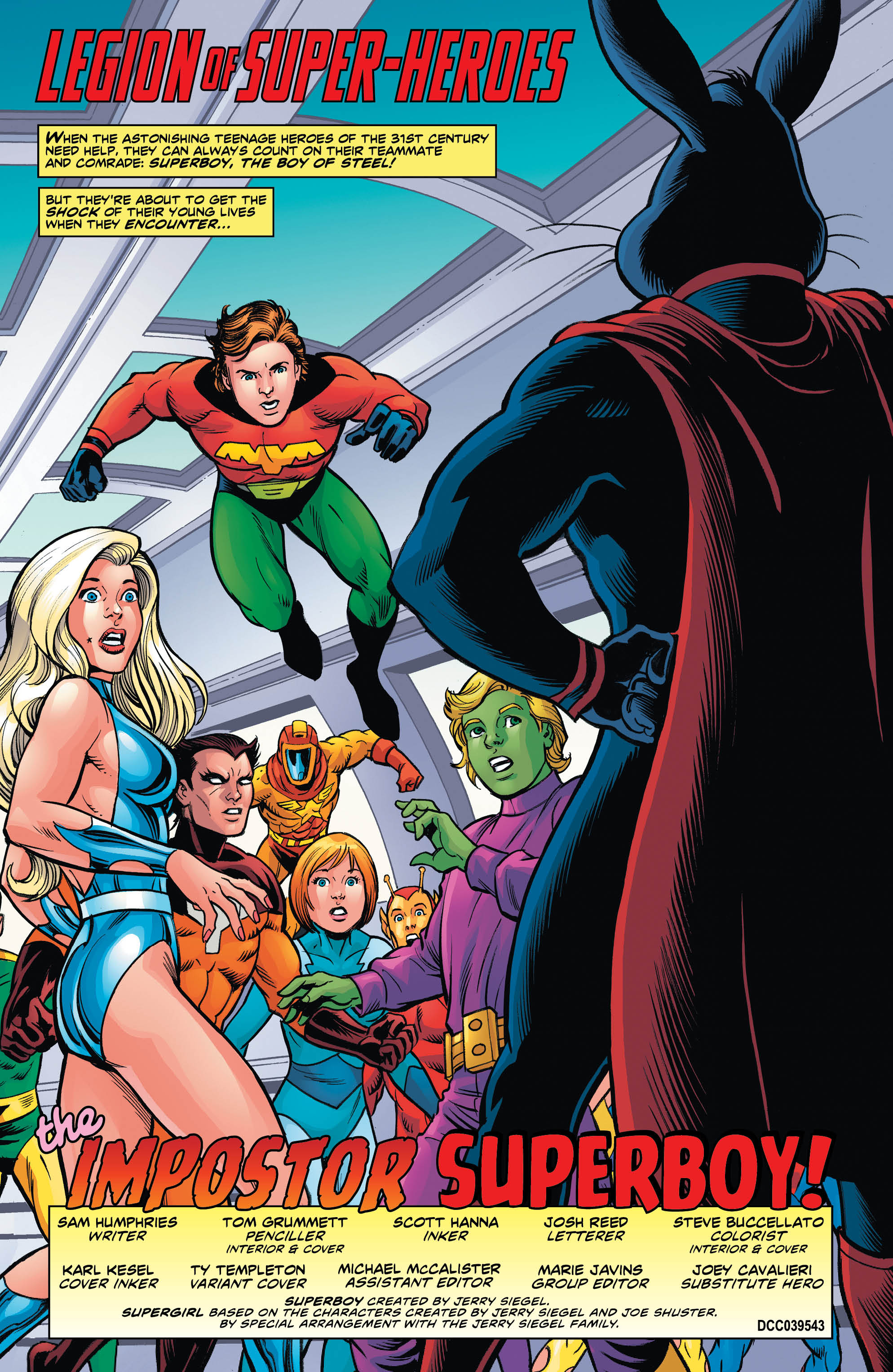
God, I could talk about the Legion all day.
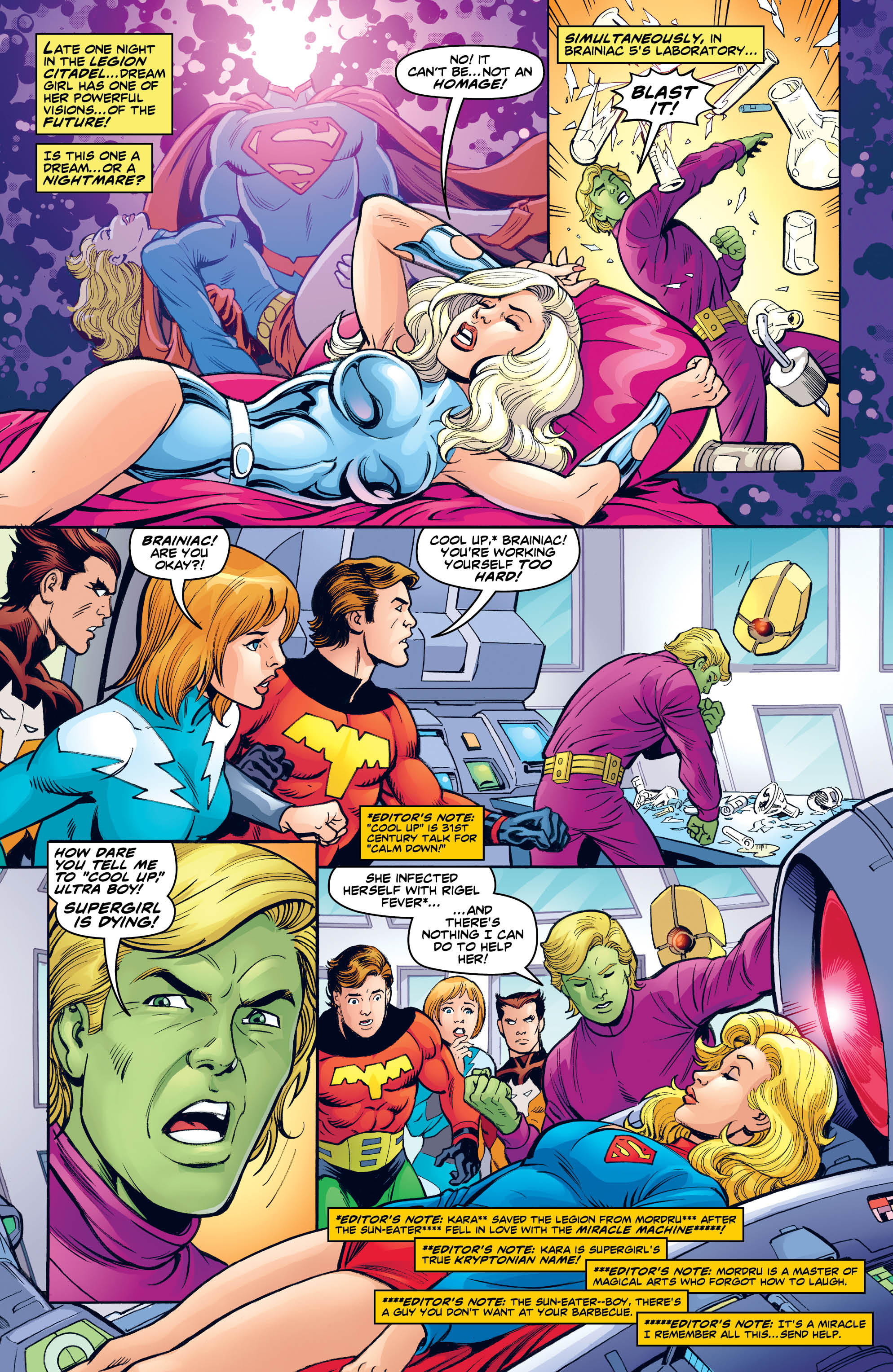
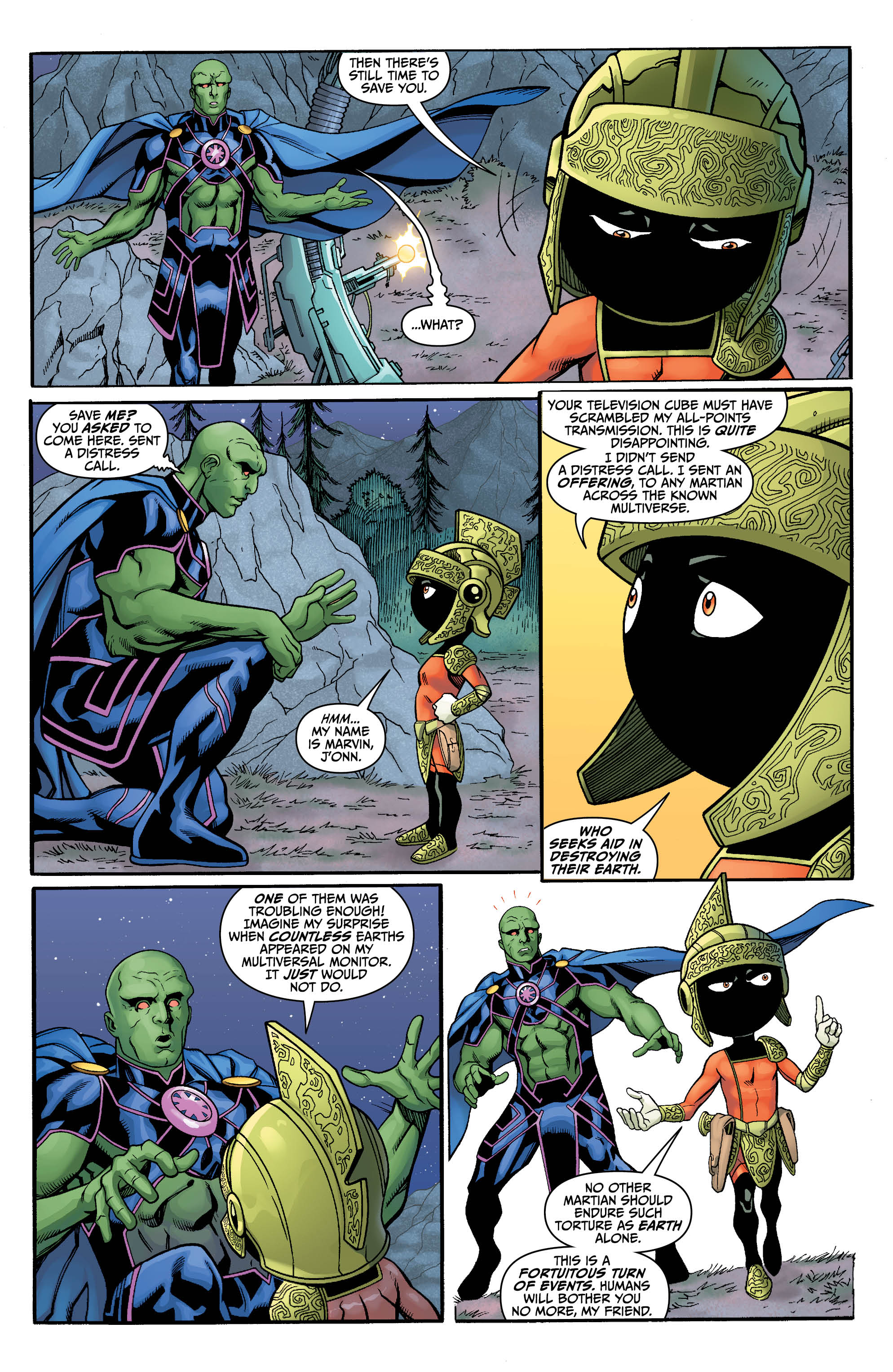
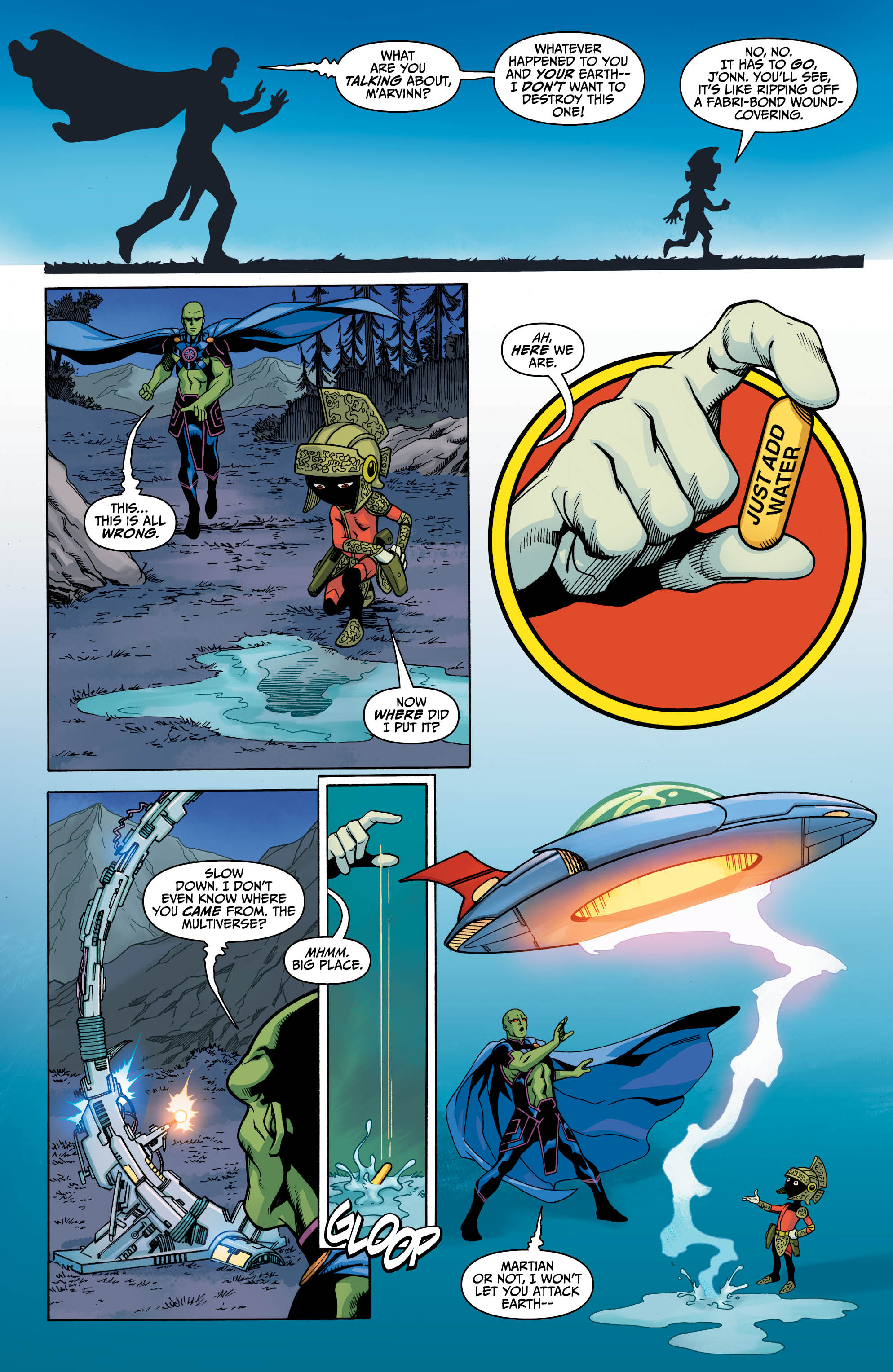
In all, I’d recommend both issues, especially if you’re looking for something to hand off to a younger person in need of a fun, kid-friendly comic.
Verdict: Buy
 Round-Up:
Round-Up:
- Issue 2 of Bug! was a delight, which finds us getting really into the meat of the story of Forager’s ongoing odyssey through Jack Kirby’s contributions to the publisher. This time he’s teaming up with The Losers, easily the least appreciated effort the King undertook for DC, along with the 1940’s version of The Sandman, Sandy, and the original Blue Beetle. It’s cute that this is actually a team of characters Kirby revamped rather than created, but it provides a neat connective tissue for these war-time compatriots. On top of that, the Allreds are in fine form here, pitting this squad against a much younger version of General Electric, furthering the plot of the mysterious transdimensional element that will potentially be the catalyst for a line-wide “crossover” for the Young Animal titles, and they introduce the other villain. Not bad for a day’s work! Another feather in the cap for one of the most impressive imprints in mainstream comics right now.
- I dug into the Suicide Squad/Action Comics crossover this week. Both books were solid, though I veered a bit more toward Action, probably just because I read that first, and this budding Superman Revenge Squad lineup interests me a good deal more than whatever is going on with Harley Quinn, Amanda Waller, etc. Honestly, I’m at the point where I feel like I’m reading Suicide Squad more out of obligation than anything else, as it’s clearly one of the important comics; but it’s rarely a book I feel strongly about one way or the other. Action, on the other hand, is quite often a great time. As has been the case for a year, it’s really great to have the *my* Superman back.
- And just to close out, Wonder Woman #24 breaks away from the typical set-up of the title, where flashback stories populate the even numbered issues. Instead, Rucka and Evely pick up where #23 left off, with Diana leaving Themyscira and Veronica Cale’s daughter behind. There’s quite a bit of attention paid to Barbara Ann and her return to villainy that will likely be the last word on her in this run, but I am curious where Rucka, Sharp and Evely will be headed with the double-sized #25. I’m not sure how much payoff I should be expecting here, or really what to expect at all. I’m hoping for maybe just a little more where Ares is concerned perhaps? Or maybe just some further elaboration on the fake reality she had been experiencing for years now. But the not knowing where this will go has me excited. You’ll know what I think in just a few weeks.
Miss any of our earlier reviews? Check out our full archive!


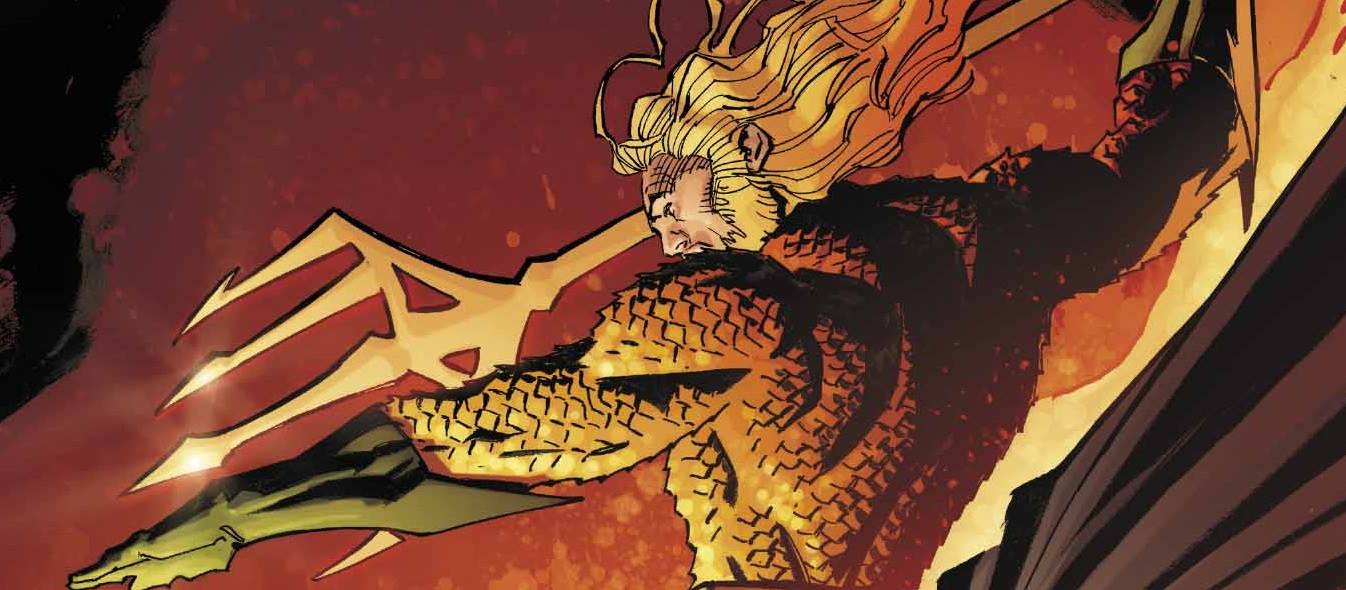
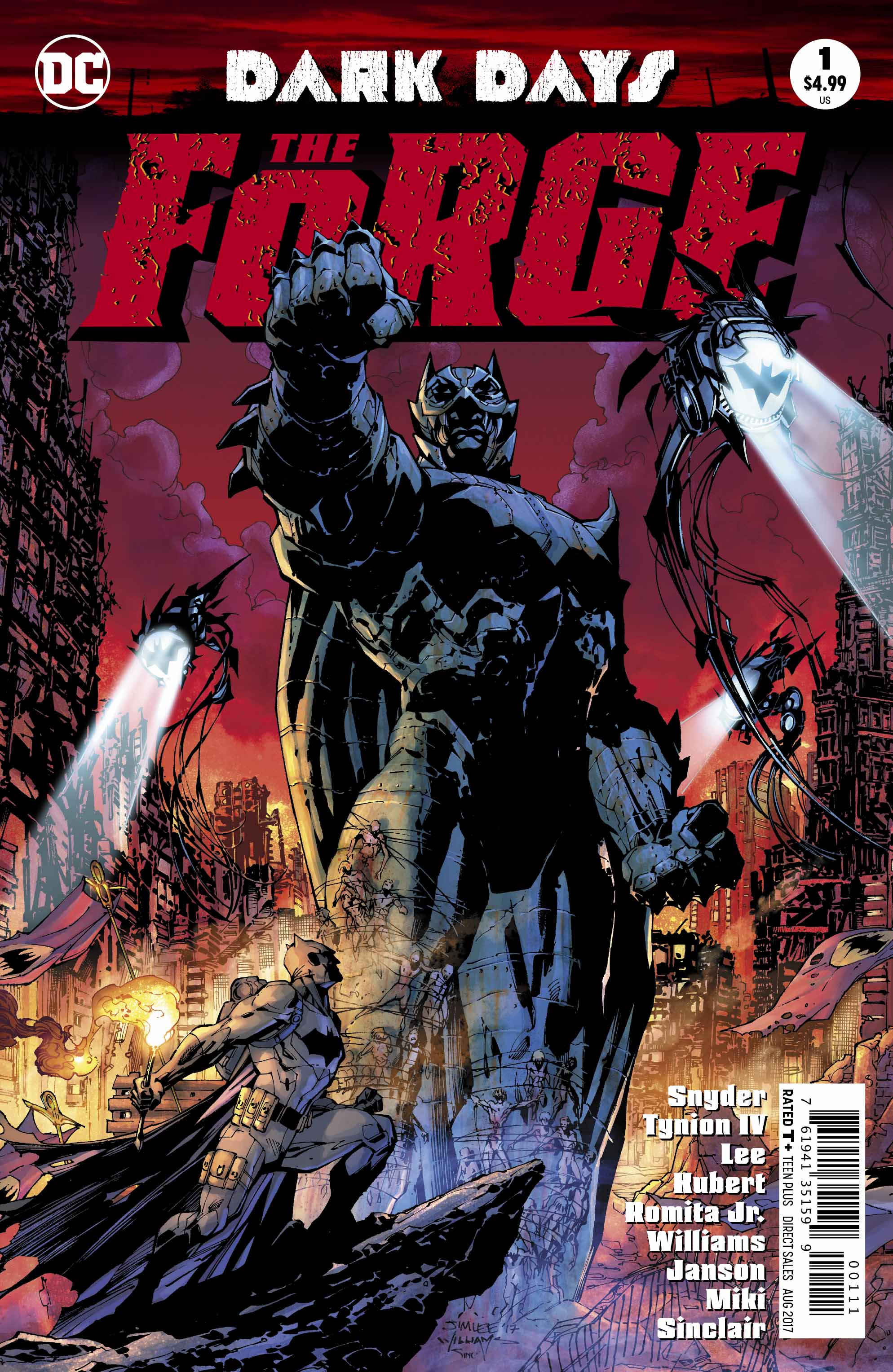 Dark Days: The Forge #1
Dark Days: The Forge #1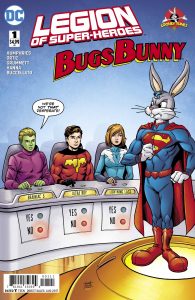 Legion of Super-Heroes/Bugs Bunny #1
Legion of Super-Heroes/Bugs Bunny #1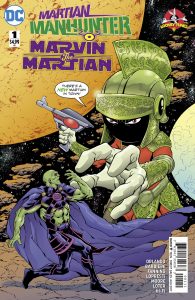 Martian Manhunter/Marvin the Martian #1
Martian Manhunter/Marvin the Martian #1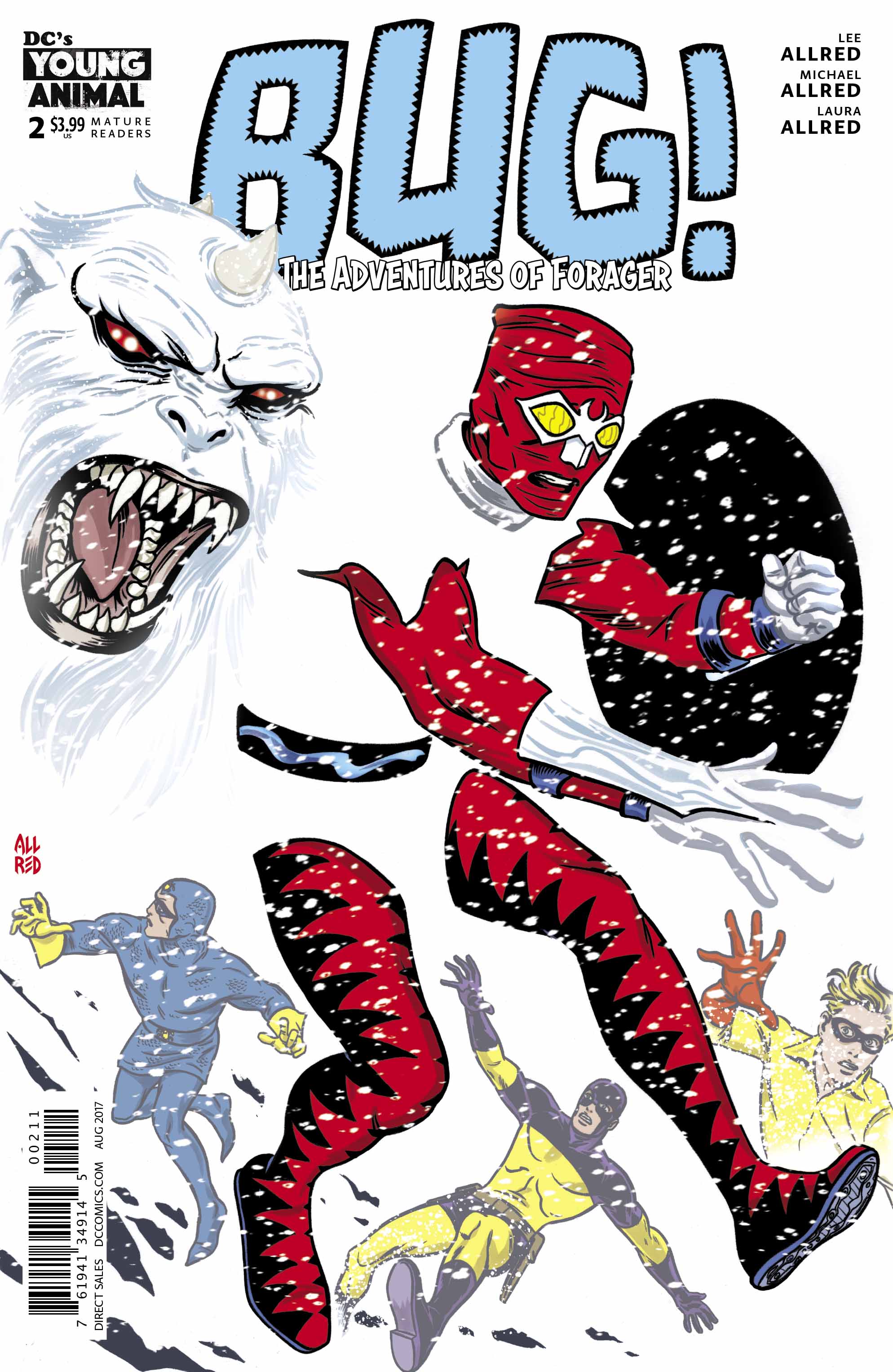 Round-Up:
Round-Up:



